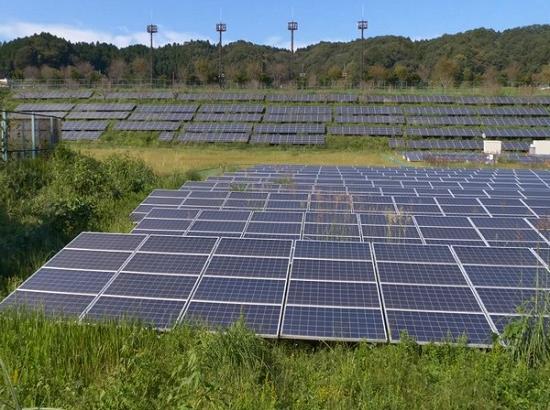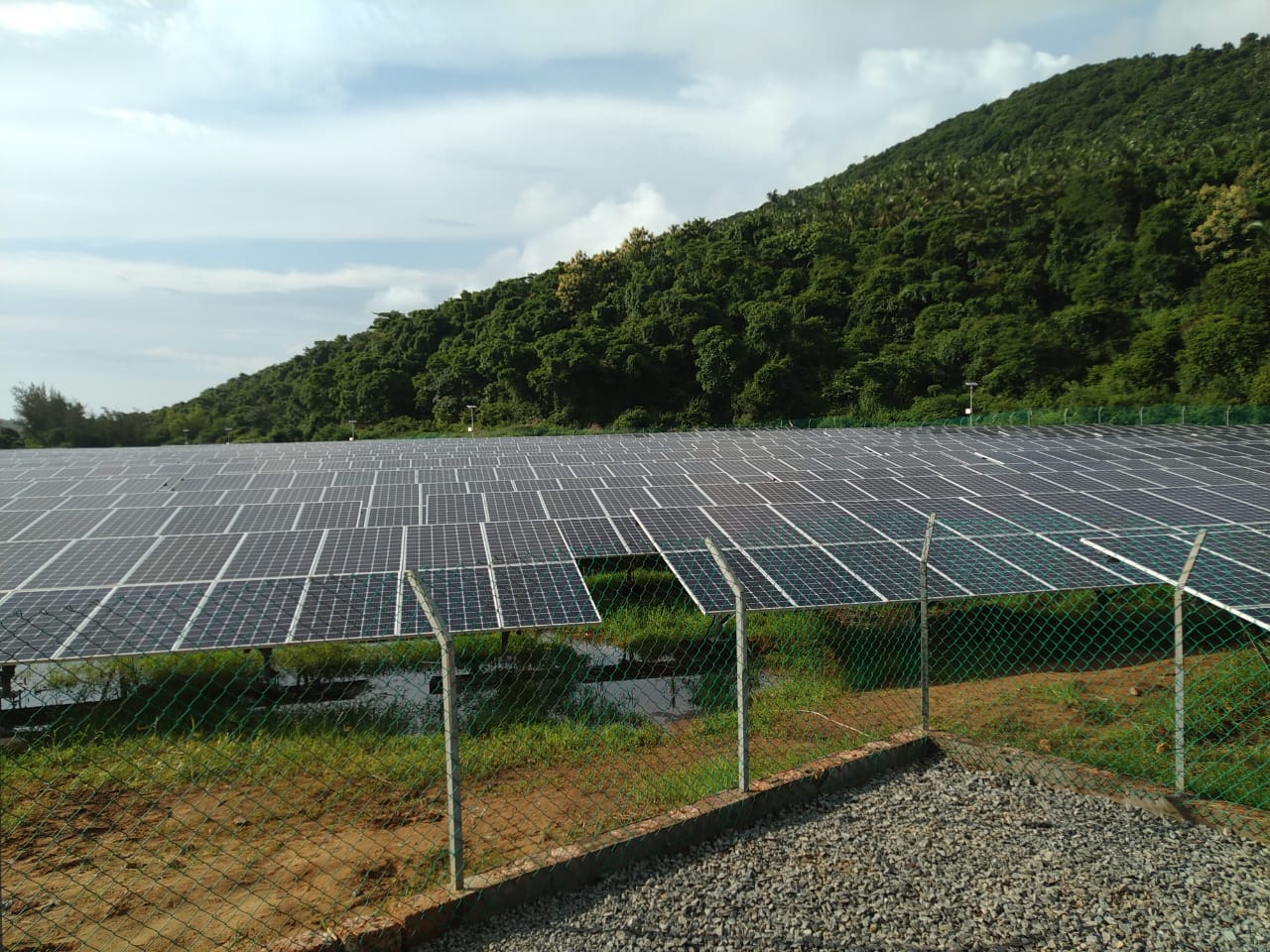In today’s scenario, the urgency to embrace sustainable energy sources has become more apparent than ever. With the looming threat of climate change and the imperative to reduce carbon emissions, Governments worldwide are under increasing pressure to adopt renewable energy solutions
 KRC TIMES Desk
KRC TIMES Desk

In today’s scenario, the urgency to embrace sustainable energy sources has become more apparent than ever. With the looming threat of climate change and the imperative to reduce carbon emissions, Governments worldwide are under increasing pressure to adopt renewable energy solutions. In this context, the recent directive by Lieutenant Governor Manoj Sinha to solarize all Government buildings within Jammu and Kashmir marks a significant step towards a greener and more sustainable future for the region. Jammu and Kashmir, with its abundant sunlight and natural resources, has immense potential for harnessing solar energy.
The decision to prioritise solarization aligns perfectly with the region’s environmental and economic interests. By tapping into the inexhaustible power of the sun, the Government not only reduces its carbon footprint but also sets a precedent for responsible governance and innovation. The directive underscores a commitment to sustainability that goes beyond mere rhetoric. It signifies a tangible effort to transition towards cleaner energy sources and reduce dependency on fossil fuels.
Despite its vast potential for hydroelectric generation, Jammu and Kashmir continues to grapple with power shortages for consumers. Unpredictable rainfall and the impact of climate change, compounded by decreasing water levels in major rivers during the winter, exacerbate the situation. While the region possesses coal reserves, demographic and environmental concerns have prevented their exploitation. In pursuit of alternative energy sources, wind and solar energy emerge as viable options, with solar energy being particularly favoured. Special schemes have been introduced in Jammu and Kashmir, offering substantial subsidies for consumers to install rooftop solar panels. Concurrently, the Government is urging both private and public offices to adopt solar electricity. However, neither sector has met the established targets for solarization.
In response, the Administration has extended the subsidy scheme, providing public an extended opportunity to benefit from subsidies while contributing to both self-sufficiency in electricity and grid stability. The recent directive by the Lieutenant Governor to solarize all offices in the region sends a significant message, promoting the adoption of user-friendly, cost-effective, and environmentally friendly solar energy solutions. A more concerted effort, including demonstration installations in various locations, is essential to driving adoption. Raising awareness about the economic and environmental benefits of solarization is crucial for success in the region. With its extensive canal network, Jammu and Kashmir offers ample opportunities for solarisation. The directive’s scope extends beyond rooftop solar panels to encompass other innovative solutions such as floating solar power plants and installations along canals and riverbanks. This holistic approach demonstrates a keen understanding of the diverse opportunities offered by solar energy. By harnessing multiple avenues for solar power generation, Jammu and Kashmir maximises its renewable energy potential and minimises its environmental impact.
A multifaceted approach, encompassing various initiatives, is necessary to achieve specific solarization goals. By investing in modern, energy-efficient lighting solutions, the Government ensures that communities thrive in a well-lit and sustainable environment. The directive’s implications extend beyond the realm of energy production to encompass broader socio-economic benefits. By embracing solar energy, Jammu and Kashmir stimulates job creation, fosters innovation, and attracts investment. The transition to renewable energy sources spurs the growth of a green economy, creating opportunities for local businesses and entrepreneurs. Moreover, by reducing reliance on imported fossil fuels, the region strengthens its energy security and resilience to external shocks.
However, the successful implementation of the solarization initiative hinges on effective policy formulation, infrastructure development, and public awareness campaigns. The Government must streamline regulatory processes, incentivize renewable energy investments, and provide technical assistance to stakeholders. Moreover, public engagement and education are crucial to fostering a culture of sustainability and encouraging the widespread adoption of solar technologies. It may take some time, but the future lies in solar energy.
Advertisement | 5E for Success






